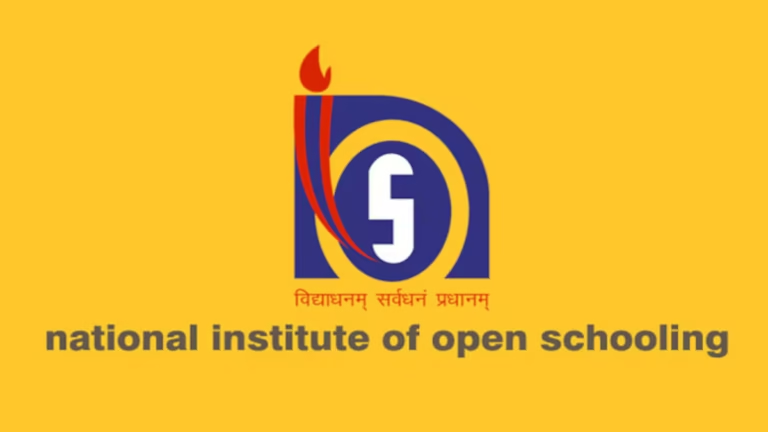Recent Blog
NIOS Project in Delhi: Only 30% Students Pass Class 10 Exams in Last Four Years...
UGC Approves 101 Universities to Offer ODL and Online Programmes for 2025–26: Complete List, Admission...
BPSC AEDO Recruitment 2025: Record 9.7 Lakh Applications for 935 Vacancies The Bihar Public Service...
CA Foundation January 2026 Preparation Strategy: 90-Day Smart Study Plan for Beginners Introduction Are you...
ICAI CA January 2026 Exam Dates, Registration, Fees, and Timings – Complete Guide The Institute...
UGC Prohibits More Professional Courses in Online & Distance Mode: Here’s What You Need to...
Top Career Options After 12th Commerce Without Maths Introduction Are you a commerce student worried...
Delhi Government Launches Free Coaching Scheme for JEE, NEET, CLAT, CA Foundation & CUET Aspirants...
CA Foundation vs CS vs CMA: Which Commerce Path is Right for You? Introduction If...
CBSE’s New Guidelines on Additional Subjects for Classes 10 and 12 Introduction The Central Board...
BPSC AEDO 2025 Preparation Strategy: Study Plan, Books & Tips to Crack the Exam The...
BPSC AEDO Notification 2025 Out for 935 Vacancies – Apply Online Now! If you are...
Top 10 Mistakes CA Foundation Aspirants Make & Proven Tips to Avoid Them Introduction The...
After Class 12 Commerce – Roadmap to CA, CS, CMA | Step-by-Step Guide Introduction Completing...
Tamil Nadu to Conduct Multiple TET Exams Over the Next Two Years: All You Need...
















